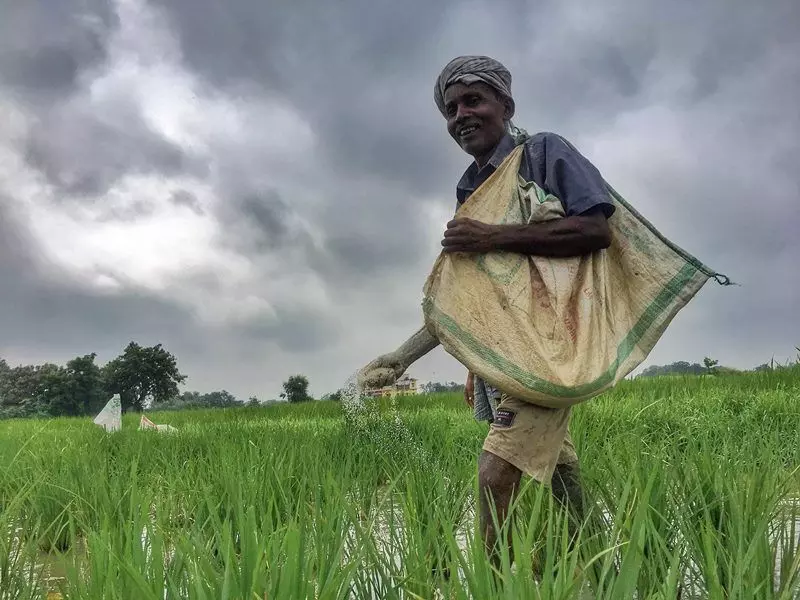Hidden Annual Cost of Agri-food Systems in India More than 1.1 Trillion Dollars: FAO
Food production involves hidden costs pertaining to the environment and health. According to a report published by FAO, India accounts for the third highest hidden cost in agriculture across the world.
 गाँव कनेक्शन 10 Nov 2023 5:16 PM GMT
गाँव कनेक्शन 10 Nov 2023 5:16 PM GMT

The hidden cost in the agri-food system refers to the costs incurred in producing food by totalling the losses in terms of health, environment and social impact.
As per a report published by the United Nations’ Food and Agriculture Organization, the hidden cost of agri-food systems in India is pegged at $1.12 trillion US dollars.
For comparison, this accounts for almost one-third of India’s gross domestic product (GDP) which is 3.5 trillion dollars presently.
According to the 2023 edition of The State of Food and Agriculture (SOFA), the global hidden cost in food production is $12.7 trillion. The hidden cost in the agri-food system refers to the costs incurred in producing food by totalling the losses in terms of health, environment and social impact.
Also Read: A year on, how useful has been India’s single-use plastic ban? Not much, finds out a study
The hidden costs for China is the highest in the world and pegged at $2.5 trillion while the United States has a hidden cost of $1.5 trillion.
In India, the burden of disease which meant loss of productivity due to dietary patterns had the largest share (60 per cent) among hidden costs, followed by the social cost of poverty among agrifood workers (14 per cent) and then the environmental cost of nitrogen emissions (13 per cent).
“In the face of escalating global challenges: food availability, food accessibility and food affordability; climate crisis; biodiversity loss; economic slowdowns and downturns; worsening poverty; and other overlapping crises, the future of our agrifood systems hinges on our willingness to appreciate all food producers, big or small, to acknowledge these true costs, and understand how we all contribute to them, and what actions we need to take,” FAO Director-General QU Dongyu was quoted in the report.
Also Read: Rural India: Consumption of Packaged Sugary Food On Rise, Access To Protein Declining — Study
“I hope that this report will serve as a call to action for all partners – from policymakers and private-sector actors to researchers and consumers – and inspire a collective commitment to transform our agrifood systems for the betterment of all,” he added.
The majority of hidden costs were generated in upper-middle-income countries — 39 per cent of total quantified hidden costs — and high-income countries — 36 per cent of total costs. Lower-middle-income countries account for 22 per cent, while low-income countries make up 3 per cent.
“The hidden costs described are meant to help identify entry points for the prioritization of interventions and investments. In this respect, the first step should be to identify where in a given agrifood system hidden costs are more significant and due to what activities. Starting with the environmental dimension, estimates suggest that these costs occur mostly in primary production, with pre- and post-production costs comprising less than 2 percent of total quantified hidden costs,” the report mentioned.
“In other words, the primary sector should be seen as the main entry point for effecting change in environmental pathways. Globally, hidden costs from agriculture – through environmental pathways – are equivalent to almost one-third of agricultural value added,” it added.
#Agriculture #FAO #Food #India
More Stories




